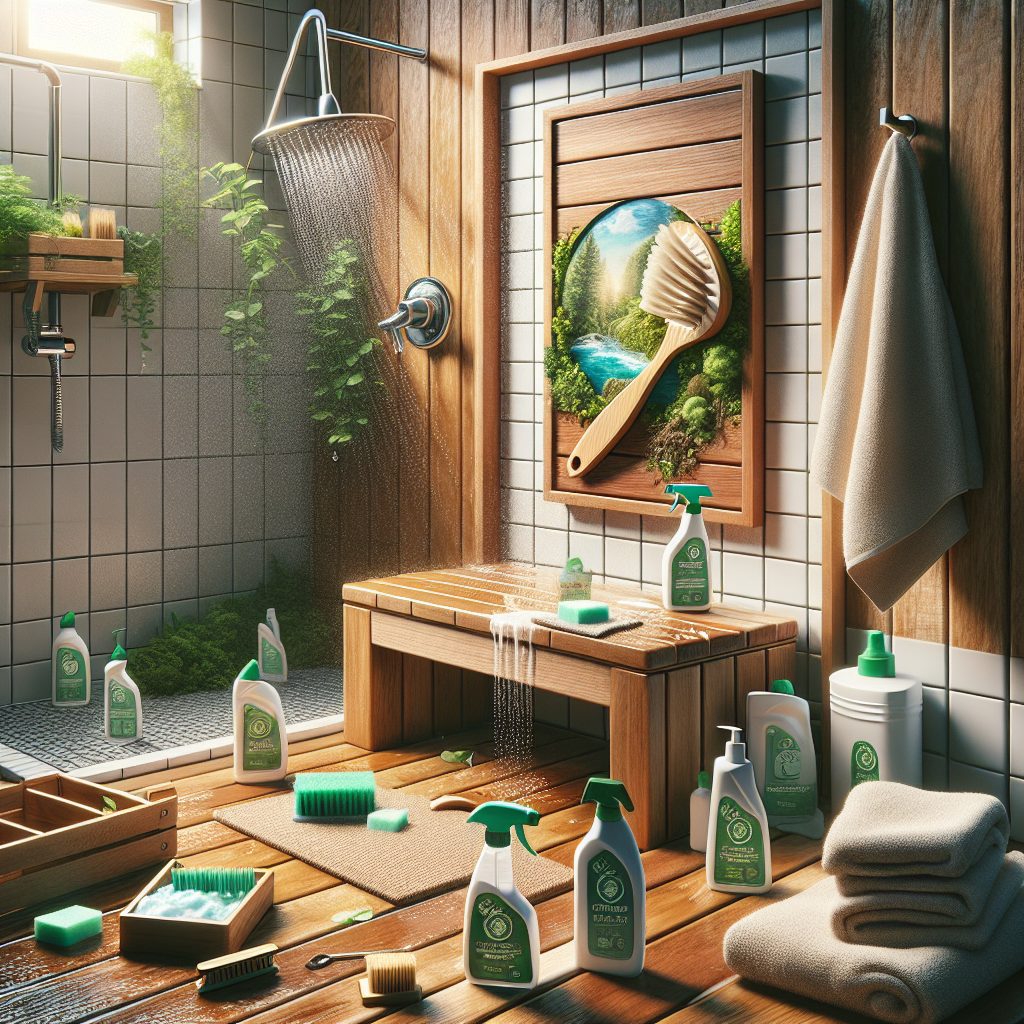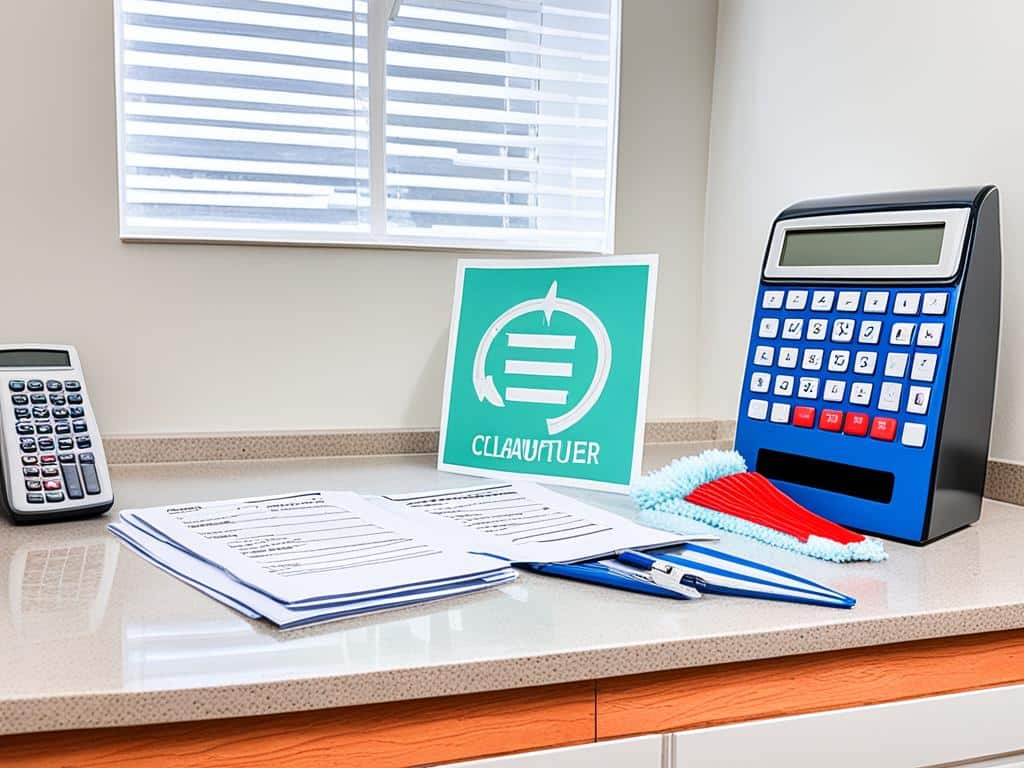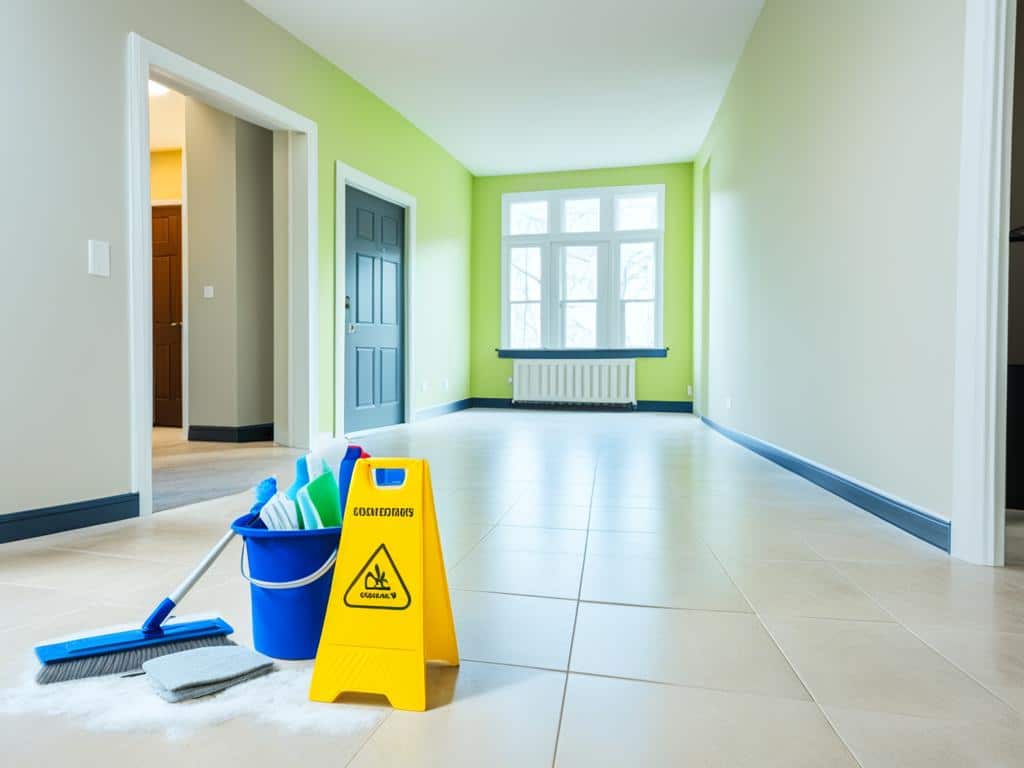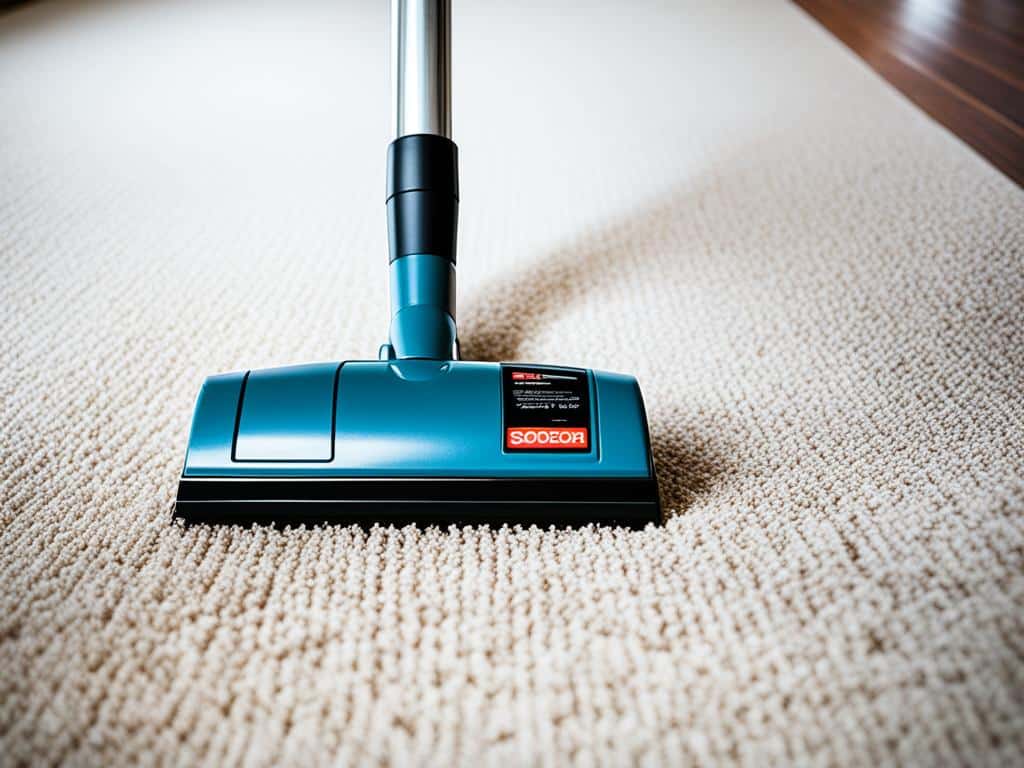
Teak, a tropical hardwood known for its durability and water resistance, is an increasingly popular material for crafting bathroom furniture, particularly shower benches. The natural oils present in teak wood provide a built-in barrier against mold and mildew, which is crucial in the steamy confines of a shower. However, maintaining this eco-friendly material requires special care to preserve both its aesthetic and functional qualities. As more individuals seek to incorporate sustainable practices into their daily routines, understanding the proper techniques to clean a teak shower bench becomes more than just a matter of upkeep; it’s about honoring an environmentally responsible choice.
As we sail further into the heart of this topic, we will chart the course through the gentle waters of eco-friendly maintenance, ensuring that your teak shower bench not only stands the test of time but also retains its natural elegance without compromising the environment. The focus shall be on imparting knowledge regarding natural cleaning solutions and methods that are both effective and kind to our planet. Employing such practices not only underscores a commitment to sustainability but also enhances the longevity of your teak furniture. Stay anchored as we delve into practical, green cleaning insights that will leave both your shower bench and your eco-conscious mind sparkling clean.
Key Takeaways
1. Regular maintenance of a teak shower bench involves a gentle cleaning routine to prevent mold and mildew build-up. Using a soft brush or sponge with a mixture of mild soap and warm water is recommended for a simple, effective, and eco-friendly way to clean the surface without damaging the wood.
2. For tougher stains or accumulated grime, a more focused approach is necessary. Employing a solution of vinegar and water or baking soda mixed into a paste can be applied to problem areas, serving as natural cleaning agents that are safe for the environment and the user.
3. After cleaning, thoroughly rinsing the teak bench with clean water is crucial. This step ensures that no soapy residue or cleaning solution remains, as residues could potentially damage the wood over time or cause skin irritations for users.
4. Periodic sanding of the teak shower bench is beneficial for maintaining its smooth surface and appearance. A fine-grit sandpaper can be used to lightly sand away any rough patches or to refresh the bench’s overall look, which enhances its natural resistance to water and humidity.
5. Treating the teak wood with teak oil after cleaning and sanding can help preserve its natural oils, which may be stripped away over time due to frequent exposure to moisture. It’s essential to apply teak oil sparingly and to buff the wood gently to ensure even absorption and maintain the bench’s resistance and durability.
What Are the Best Eco-Friendly Methods to Clean a Teak Shower Bench?
Understanding Teak Wood and Its Qualities
Teak is a hardwood with naturally high oil content which gives it a great resistance to moisture and rot, making it ideal for use in wet environments like bathrooms. Its dense grain and natural properties require specific care to maintain its appearance and durability.
Regular Cleaning Schedule
To prevent mildew and soap scum buildup, incorporate regular cleaning into your routine. Wiping down the teak bench after every use with a soft, damp cloth can significantly reduce the need for deep cleaning and help maintain the wood’s natural luster.
Simple Eco-Friendly Cleaning Solutions
Mix mild, eco-friendly dish soap with warm water for a basic cleaning solution. Apply with a soft-bristled brush, gently working it into the wood, then rinse with water and allow it to air dry. For a potent natural cleaner, combine white vinegar and water in a 1:1 ratio as an alternative to chemical cleaners.
Dealing with Mold and Mildew
For teak benches with mildew, create a paste using equal parts of baking soda and water. Apply it directly onto the affected area and let it sit for a few minutes before scrubbing with a soft-bristled brush. Rinse thoroughly and let it dry completely.
Sanding and Smoothing the Surface
If your teak shower bench feels rough or has developed minor stains, light sanding may be necessary. Use fine-grit sandpaper and work in the direction of the grain to avoid scratching the surface. Follow up with a damp cloth to remove any sanding dust.
Natural Oiling for Preservation
While not always necessary, you can apply a light coat of eco-friendly teak oil to the bench to restore its natural oils, especially if it appears dry or faded. Ensure the oil is environmentally safe and specifically designed for use on teak wood.
Preventive Measures to Enhance Longevity
To preserve your teak shower bench, keep it away from direct shower spray and minimize contact with water when not in use. Implementing protective mats or towels can help absorb excess water and safeguard the wood from prolonged moisture exposure.
Eco-Friendly Tips for Keeping Your Teak Shower Bench in Top Shape
- Ensure good ventilation in the bathroom to reduce humidity levels and prevent mold growth on your teak bench.
- Avoid the use of harsh chemicals or abrasive cleaning tools that can damage the wood or harm the environment.
- Consider using a biodegradable sealant if you live in an area with hard water to prevent mineral buildup on the bench.
- Regularly check the teak bench for signs of wear or damage and address any issues promptly to prevent further deterioration.
What is the best eco-friendly cleaner for a teak shower bench?
To clean a teak shower bench in an eco-friendly manner, consider using a solution of mild dish soap and warm water, or a mixture of white vinegar and water. Both options are gentle on the environment and effective for cleaning teak wood without causing harm.
How often should I clean my teak shower bench?
Cleaning your teak shower bench should occur regularly, at least once every two weeks, to prevent mildew and soap scum buildup. If your shower is used frequently, consider increasing the cleaning frequency to maintain the bench’s quality and appearance.
Can I use baking soda to clean my teak shower bench?
Yes, baking soda is a great eco-friendly cleaning agent for teak shower benches. It can be made into a paste with water to gently scrub away stains without damaging the wood’s surface. Rinse thoroughly with water after cleaning.
Is it necessary to sand the teak bench during cleaning?
Sanding is not typically required during normal cleaning. Sanding should only be done if the surface has become rough or to remove persistent stains that do not come out with cleaning. When sanding, use fine-grit sandpaper and work in the direction of the grain.
Are essential oils safe to use on teak shower benches for fragrance?
Essential oils are safe for use on teak wood and can add a pleasant scent to your shower bench. Use them sparingly and diluted with a carrier oil or water to protect the wood’s integrity.
Can teak oil be applied to the bench after cleaning?
While teak oil can be used on teak wood, it’s not the most eco-friendly option due to its chemical content. For an eco-friendly approach, consider using a natural, plant-based oil that’s safe for both the wood and the environment.
How can I prevent mold and mildew from forming on my teak shower bench?
To prevent mold and mildew, ensure proper ventilation in your bathroom, and dry the bench after each use. Additionally, using a mild eco-friendly cleaner regularly will help inhibit mold and mildew growth.
Is it safe to use steel wool or abrasive pads on a teak shower bench?
It is not recommended to use steel wool or abrasive pads on a teak shower bench, as they can scratch and damage the wood. Instead, use a soft sponge or cloth for cleaning along with an eco-friendly cleaner.
What should I avoid when cleaning my teak shower bench?
Avoid using harsh chemicals, bleach, or pressure washers, as these can strip the natural oils from the wood and cause damage. Stick to gentle, eco-friendly cleaning methods to preserve the life of your bench.
Can I clean my teak shower bench with lemon juice?
Lemon juice can be effective for removing light stains and adding freshness to your bench. Use it diluted and rinse it off thoroughly after cleaning. Be cautious with prolonged exposure as citric acid can lighten the wood over time.
Final Thoughts
Cleaning your teak shower bench with an eco-friendly approach not only contributes to the longevity of the furniture but also promotes a healthy environment within your bathroom space. By using natural cleaning agents and avoiding harsh chemicals, you can maintain the beauty and functionality of your teak shower bench while minimizing your ecological footprint. Remember that regular maintenance is key, and incorporating these simple, green cleaning tips will ensure that your teak shower bench remains a cherished part of your eco-conscious lifestyle.
Embracing an eco-friendly cleaning routine for your teak shower bench not only demonstrates your commitment to safeguarding the environment but also ensures that you enjoy the natural elegance of teak wood for years to come. With every gentle clean, you are preserving the delicate balance of your home ecosystem, while taking a stand for sustainable living practices. This guide serves as a stepping stone towards a greener, cleaner home, where everyone can appreciate the harmony of nature within the comfort of their four walls.



